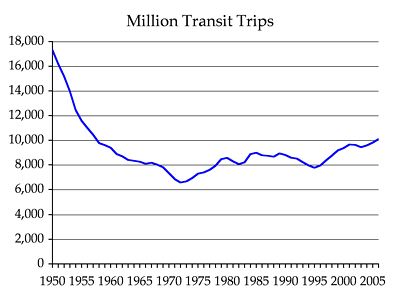The Washington Post has run a fascinating series of twenty-seven articles called Citizen K Street. It is best viewed as a history of Congressional lobbying for the past thirty years as viewed through the lense of one lobbyist’s career.
My impression is that the series was not run in the print version of the paper; instead, it is more like a blog, with one lengthy entry per day accompanied by photos and videos, and giving people the opportunity to comment. Some of the comments came from several of the leading figures in the articles.
Another way of looking at the series is a glorification of one particular lobbyist, and several of the commenters obviously viewed it that way. They called the lobbyist a “corporate fascist” (even though his main clients were universities) and proposed various laws that would somehow end all lobbying and venality in DC.

Lobbyist habitat: K Street in Washington.
Flickr photo by askpang.











